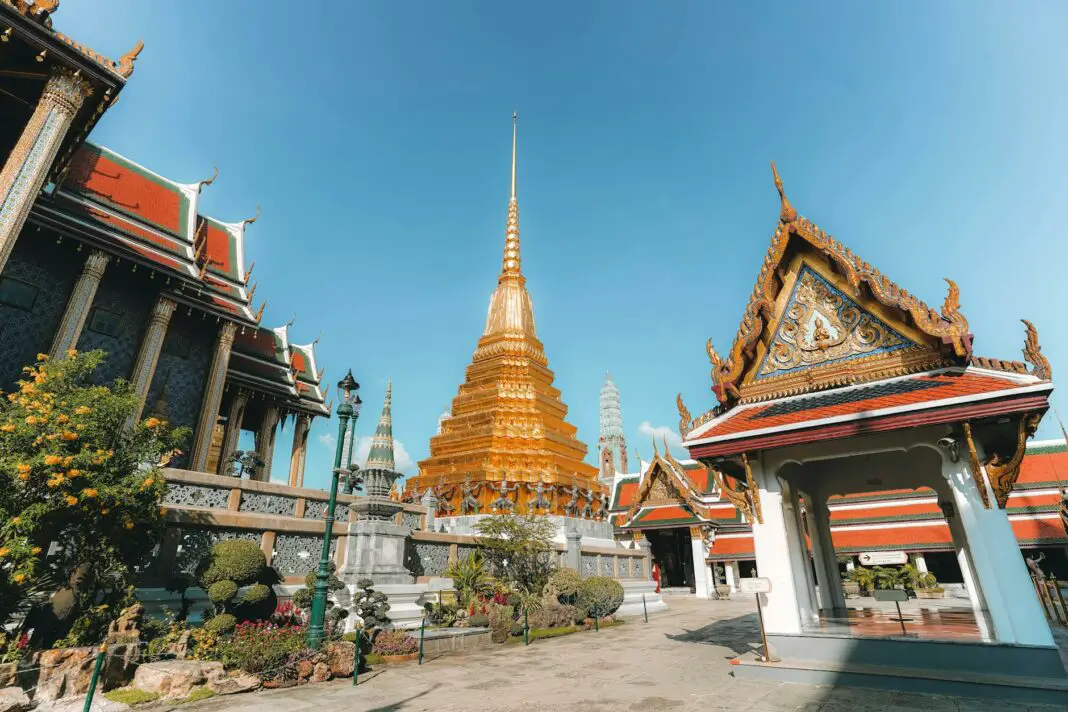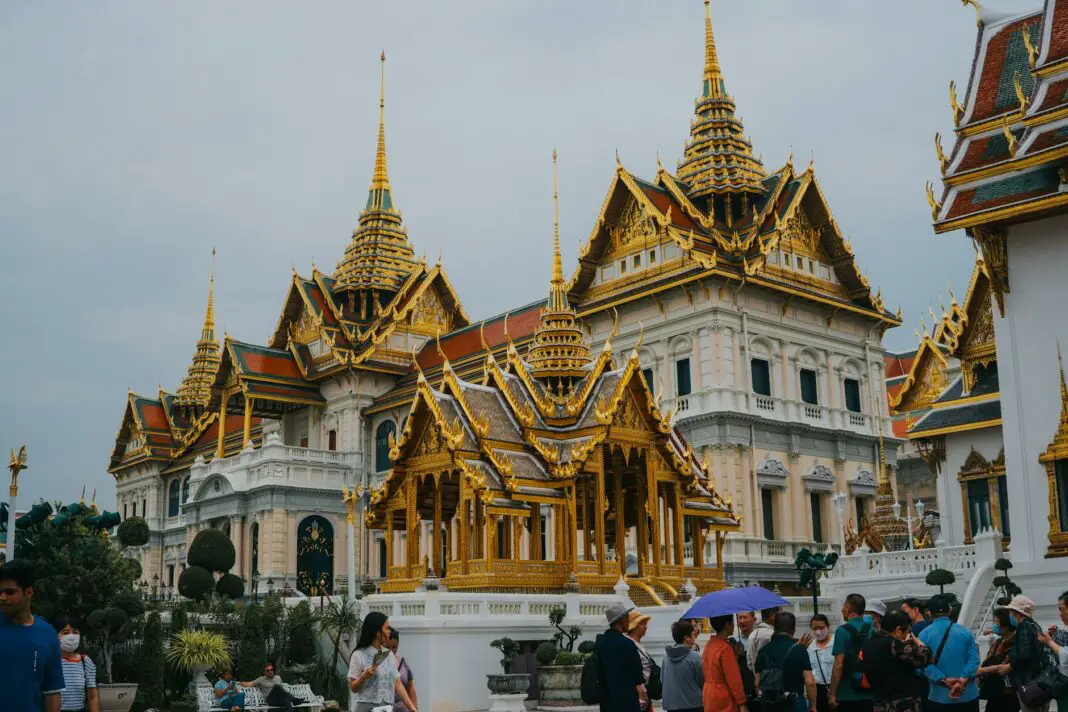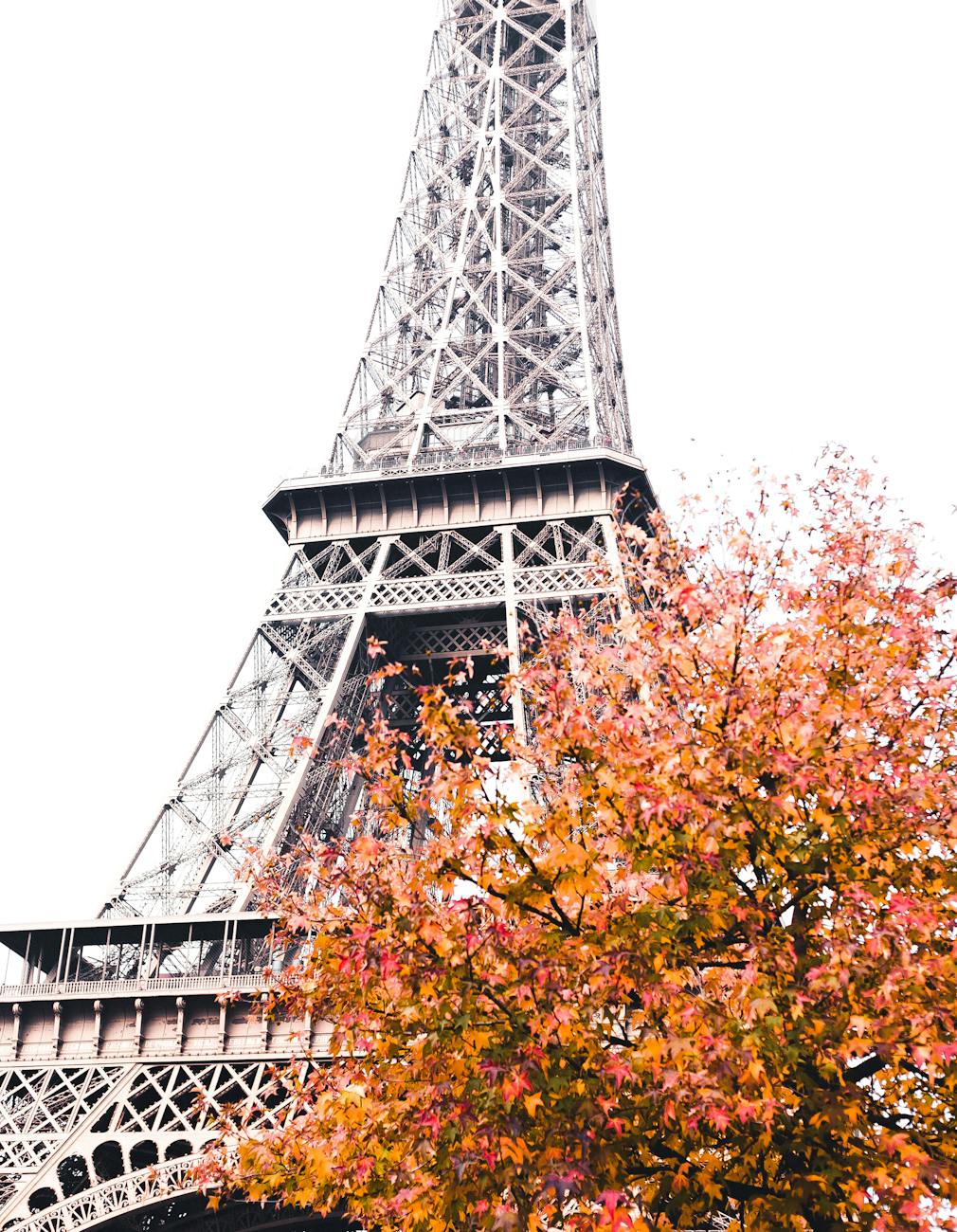Discover Thailand: A Journey to the Grand Palace
Embarking on a trip to Thailand promises an adventure filled with rich culture, stunning landscapes, and unforgettable experiences. Among the countless attractions, the Grand Palace stands out as an iconic destination that cannot be overlooked. This blog post delves into why the Grand Palace is a must-see for anyone visiting Thailand, illustrating its significance, beauty, and cultural relevance. With its breathtaking architecture and historical importance, the Grand Palace serves as the heart of Thailand’s royal heritage and a prime example of its vibrant history.
Visiting the Grand Palace does more than just fill your travel itinerary; it offers you a glimpse into the fascinating story of Thailand itself. As you explore its magnificent grounds, you’ll not only appreciate the artistry that has gone into creating this remarkable site but also gain insight into the traditions and beliefs that shape Thai culture. Join me on this virtual tour and discover all that the Grand Palace has to offer!
Table of Contents
- A Glimpse into History
- Architectural Marvels
- Cultural Significance
- Essential Visitor Tips
- Exploring the Surroundings
- Final Insights for Your Journey
A Glimpse into History
The Grand Palace, established in 1782, was originally home to the Kings of Siam and remains an integral element of Thailand’s identity. It embodies the transition of the country from the Ayutthaya Kingdom to the present-day Kingdom of Thailand. Each corner of the palace is steeped in tales of royalty, power, and cultural evolution. It served not only as a residence but also as the center for Thai administration for over 150 years.
In visiting this landmark, one delves into the narrative of the Chakri Dynasty, an era that has shaped current Thai governance and traditions. The history embodied in the Grand Palace reveals the resilience and adaptability of Thai culture through both triumphs and adversities. Understanding this narrative context amplifies the experience and offers visitors a deeper connection to the culture, making every step ground in history tangible and meaningful.
Architectural Marvels
The architecture of the Grand Palace is nothing short of awe-inspiring. The intricate details, vibrant colors, and overall layout present a harmonious blend of traditional Thai and Western influences. Every structure, including the Emerald Buddha Temple and the Outer Court, boasts unique styles reflecting significant periods in Thai history. These extraordinary designs not only enhance the visual experience but also demonstrate the artistic prowess of Thai craftsmen throughout centuries.
When you walk through the palace grounds, each building captures your imagination with brilliant gold accents and ornate murals. Additionally, the meticulous landscaping complements the structures, creating a serene atmosphere that invites exploration. Taking the time to absorb the artistry involved will leave you with a profound appreciation for Thailand’s architectural legacy, making your visit not just memorable but transformative as well.
Cultural Significance
The Grand Palace occupies a sacred space in the hearts of the Thai people, symbolizing national pride and cultural integrity. It plays a prominent role in ceremonial events, royal presentations, and important festivals that unite the community. Understanding the cultural relevance of the Grand Palace enriches one’s experience, as you observe local customs and witness rituals that are integral to Thai life.
Moreover, visiting the Grand Palace allows you to engage with locals and gain insights into their perspectives on heritage and identity. As you absorb the ambiance, your interactions with Thai citizens can lead to deeper discussions about the country’s past, present, and aspirations for the future. Embracing these opportunities can enrich your travel experience, fostering connections that go beyond mere sightseeing.
Essential Visitor Tips
To make the most of your visit to the Grand Palace, planning ahead is crucial. Arriving early not only helps you avoid the crowds but also grants you the serenity to truly connect with the site. Dress respectfully, adhering to Thailand’s customs by wearing appropriate attire when visiting sacred grounds. A dress code is enforced, and understanding these nuances can show respect for local traditions.
Bringing a guidebook or using an audio guide can enhance your understanding of the site’s history and significance, providing valuable context as you explore. Don’t forget to keep your camera handy, as the photogenic architecture and vibrant colors make for incredible snapshots. Finally, spend time at the nearby Wa Ming, or city moat, for a pleasant stroll that encapsulates the beauty of the surroundings, enriching your overall experience.
Exploring the Surroundings
The areas surrounding the Grand Palace offer additional opportunities for exploration and cultural immersion. Nearby attractions, such as Wat Pho and Wat Arun, create a day filled with awe-inspiring sights. Wat Pho, famed for its towering Reclining Buddha, is within walking distance and presents an opportunity to witness another facet of Thai spiritual heritage.
Venturing deeper, stroll along the bustling streets and vibrant markets that surround the palace, where street food and local crafts tell their own stories. The atmosphere is electric, showcasing the fusion of traditional and contemporary Thai life. These experiences allow you to engage with the local community meaningfully, and every interaction can lead to unforgettable memories that define your trip.
Inspiring Reflections on Your Journey
Visiting Thailand’s Grand Palace is more than just an entry on your travel checklist. It represents a journey into a world rich with culture, history, and artistic brilliance. With every step, from the intricacies of its architecture to the significance it holds in the hearts of its people, you are bound to leave with a renewed perspective on life and a deeper appreciation for Thailand’s legacy. Make time to absorb all facets of this breathtaking destination; it promises experiences that will linger long after your departure.
Frequently Asked Questions
What is the best time to visit the Grand Palace?
The best time to visit is early in the morning or late afternoon, avoiding peak tourist hours. The cool morning breeze also enhances the experience.
How much time should I allocate for visiting the Grand Palace?
Plan for at least two to three hours to fully appreciate the architectural details and the historical context of the site, which allows you to explore leisurely.
Are there any food options nearby?
Yes! The area surrounding the Grand Palace features numerous street vendors and cafes, allowing you to enjoy authentic Thai cuisine.
Is there an entry fee for the Grand Palace?
Yes, there is an entry fee, which typically includes access to specific areas within the palace grounds. It’s advisable to check current rates before you go.
Can I take photos inside the Grand Palace?
Photographs are allowed outside and in certain areas, but be respectful of the sacred nature of some structures and follow the guidelines provided during your visit.
Image Credit: Pexels





